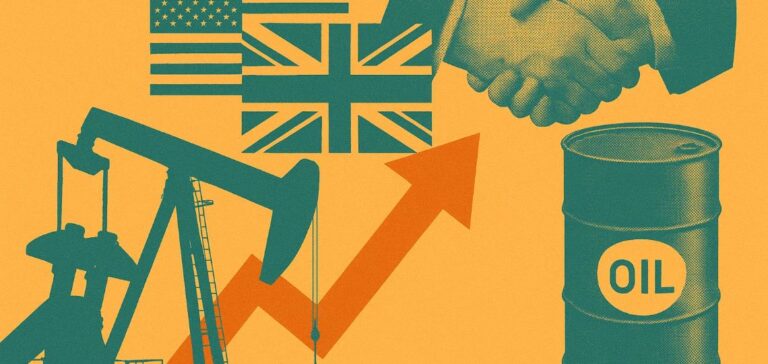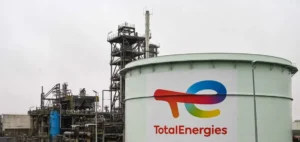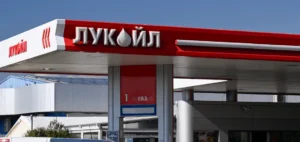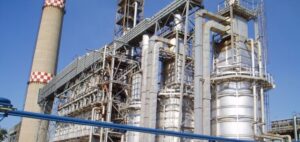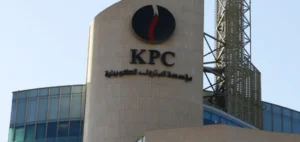Oil markets ended the week higher, buoyed by a trade deal announced between the United Kingdom and the United States. Brent crude for July delivery rose by 2.81% to reach $62.84, while West Texas Intermediate (WTI), the US benchmark, closed at $59.91 for June delivery, up 3.17%.
A “historic” compromise according to Washington
US President Donald Trump stated on Thursday that the two countries had reached common ground after several weeks of negotiation. The agreement allows for greater access to the British market for American agricultural products, including beef, ethanol and other goods from the agri-food sector. “Today’s movement reflects hopes that the trade agreement with the United Kingdom is just the first of many,” said Rob Haworth, strategist at US Bank Wealth Management, quoted by AFP on May 8.
On the British side, Prime Minister Keir Starmer highlighted the significance of the agreement for industrial sectors such as automotive and steel. According to statements from both parties, the trade volumes could reach several billion dollars, though no precise figures have yet been disclosed.
Upward outlook amid ongoing uncertainty
This trade easing has fuelled speculation of a gradual recovery in international trade, which in turn supports short-term expectations for energy demand. “This strengthens hopes for short-term demand and pushes prices higher,” Rob Haworth added.
Meanwhile, Donald Trump also announced the resumption of trade talks with China, the world’s largest importer of crude oil. The discussions are set to take place in Switzerland over the weekend, according to his remarks. However, markets are still awaiting details on tariff commitments to assess the potential impact on global energy flows.
OPEC+ maintains its supply increase strategy
Despite the bullish momentum, oil prices remain close to their lowest levels in four years. Investors continue to monitor the scheduled production increase by the Organization of the Petroleum Exporting Countries and its allies (OPEC+). The cartel, led by Saudi Arabia and Russia, plans to raise output by 411,000 barrels per day in June, matching the increase already implemented in May.
This volume significantly exceeds the initially planned increase of 137,000 barrels, according to a statement released on Saturday. This signal of a return to oversupply continues to limit the market’s rebound potential, as economic recovery remains uneven across regions.


